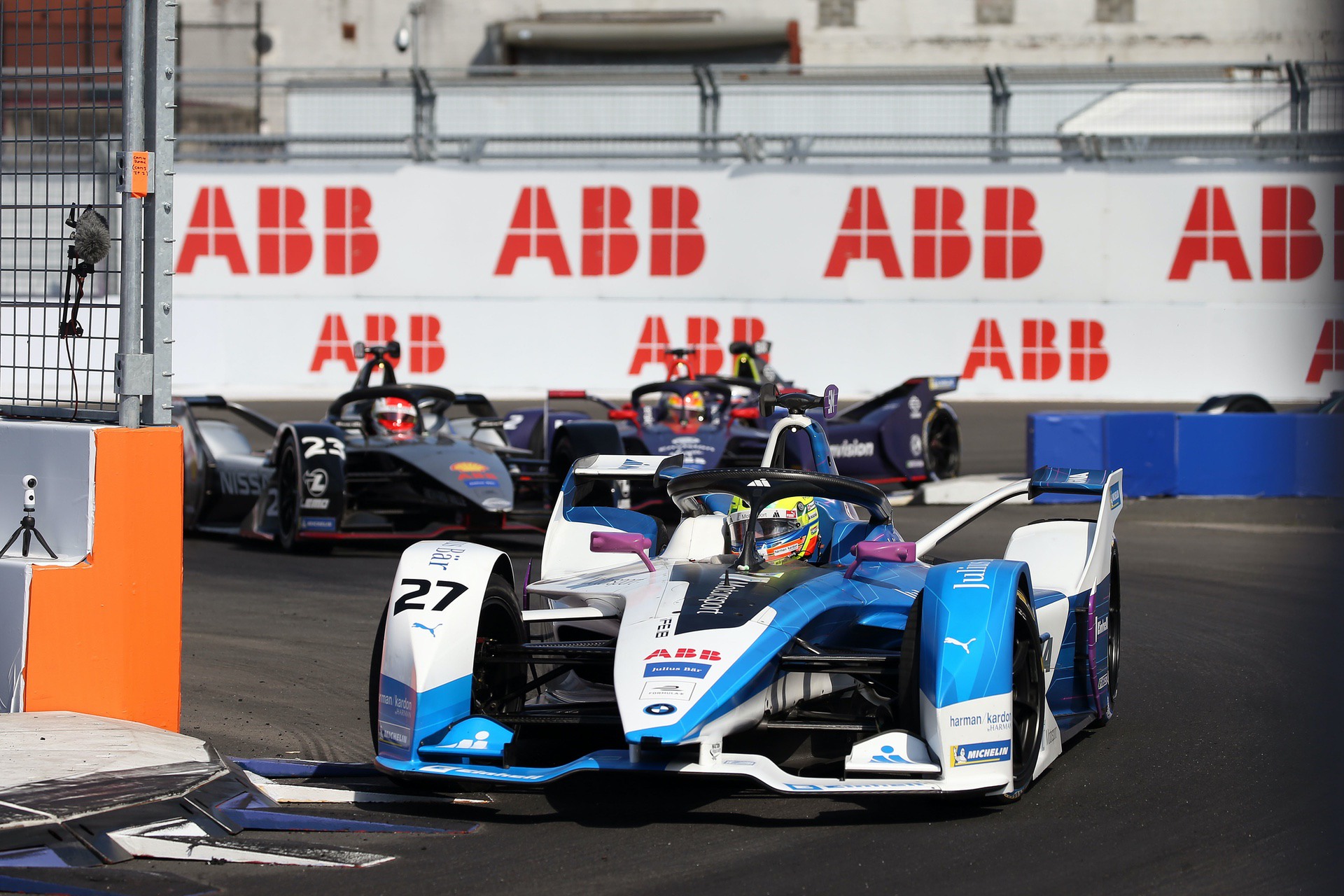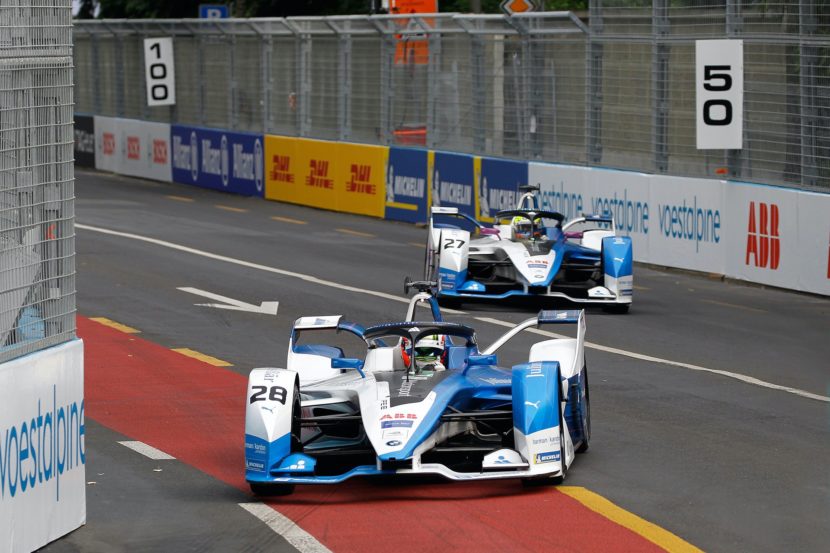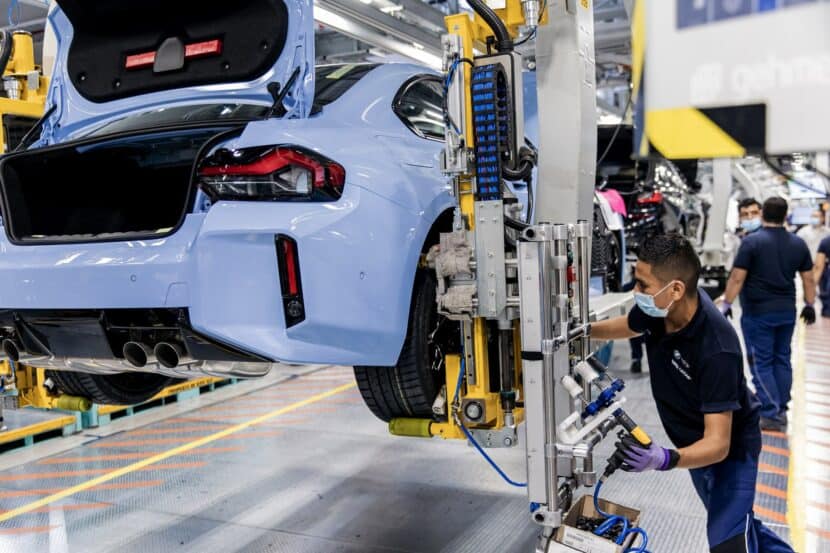Since as long as motorsport has been around, it’s helped fuel automotive advancements for production cars. Inventions like anti-lock brakes and dual-clutch transmissions have all been created for, and honed on, race tracks. That same sentiment rings true for Formula E, which is helping to create a better, more exciting future for electric vehicles on the road.
While there are still a lot of skeptics among car enthusiasts, Formula E is a very exciting form of motorsport. It features incredibly fast cars, skilled drivers, tight and technical tracks and an entirely different type of strategy to Formula 1.
Most importantly, though, the technology used to make these all-electric Formula E race cars as fast as possible can also be used to make road-going EVs better. Which is one of the most important reasons for the sport to exist.
“One key reason is telling the world about the benefits of electric vehicles—not only the benefits from an environmental point of view, with emissions, but also showcasing the technology and the performance,” Jaguar Formula E boss James Barclay told Wired. “The reality is there are real translations in the technology from Formula E to our future production cars.”
Jaguar isn’t the only brand with skin in the game, though. BMW, Audi and Renault are also in the mix, using the technologies and techniques they’ve learned to help improve their own EV road cars. For instance, BMW learned how to reduce the weight of its electric motors using new materials, such as titanium, ceramic and different composites. “These materials are being tested in the electric engine during the race season to improve future road-car electric motors,” said BMW spokesperson Oleg Satinovsky.
So the more enthusiasts become invested in the sport of Formula E, the bigger the sport gets. The bigger the sport gets, the better technology for road cars can come from it.
[Source: Wired]







































































